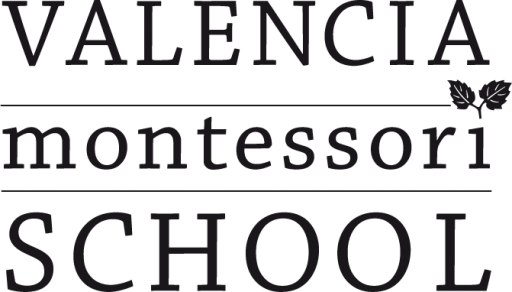In the Montessori educational universe, the richness and effectiveness of learning is manifested through a fundamental tool: the multisensorial material. Conceived by Maria Montessori as an essential component of her revolutionary pedagogical approach, this material goes beyond the traditional learning classroom.
From sensory stimulation to mathematical development and language acquisition, the multisensorial material stands as a tangible bridge between the child and knowledge.
What characterises Montessori multisensorial material?
Montessori multisensorial material is distinguished by its unique characteristics that make it an exceptional pedagogical tool. Designed to stimulate multiple senses, each element represents abstract concepts in a concrete way, allowing children to explore and understand through direct manipulation. Its adaptability and gradual progression facilitate customisation according to each child’s level of development.
Self-correction is a fundamental principle, fostering autonomy and regulation as children identify and correct errors on their own. With a focus on sensory development, the multisensorial material addresses visual, tactile and auditory, crucial aspects of cognitive and perceptual growth.
Related to mathematical and linguistic concepts, this material introduces and develops numerical and linguistic skills through elements such as number bars and sand letters. In addition, it promotes concentration and sustained attention, as children are immersed in engaging, tactile activities that cultivate essential skills for self-directed learning.
Together, these features make the Montessori multisensorial material a comprehensive pedagogical tool that reflects the fundamental principles of the Montessori philosophy, providing meaningful and sensorially enriching learning experiences for the full development of each child.
The role of multisensorial material in self-learning
Multisensorial material plays a fundamental role in fostering self-learning in the Montessori context. This unique pedagogical tool, designed by Maria Montessori, becomes an essential facilitator for cultivating autonomy and self-regulation in children.
It provides concrete representations of abstract concepts, allowing children to explore and understand in a tangible way. This concreteness facilitates the internalisation of knowledge by providing a solid, experiential foundation.
In addition, the nature of Montessori material allows children to explore independently. By presenting concepts in an engaging and manipulative way, the material invites self-exploration, encouraging children to choose activities that pique their interest and curiosity.
The direct manipulation of the material, coupled with its sensory appeal, encourages concentration and attention for extended periods of time. Children are immersed in activities that they find meaningful, thus strengthening their ability to concentrate on tasks for extended periods of time, an essential skill for self-learning.
By interacting with the multi-sensory material, children have the opportunity to assess their own progress and understanding. This process of self-assessment fosters responsibility and metacognitive awareness, essential skills for lifelong self-learning.
Categories of Montessori multisensorial material
Multisensorial material in the Montessori approach is organised into several categories covering key areas of child development. Each category has a specific purpose and contributes uniquely to the multisensorial learning experience. Here, we explore three key categories: materials for sensory development, tools for mathematical development, and materials for literacy and language development.
Materials for sensory development
These materials are designed to stimulate and refine the senses. They include items such as Pink Towers, which develop visual discrimination of shades and hues, and Texture Charts, which allow children to explore tactile differences. The sensory development category lays the foundation for perception and understanding of the environment.
Tools for Mathematical Development
Montessori introduces mathematical concepts through concrete, manipulative tools. Examples include the Golden Abacus, which facilitates understanding of quantity and number, and the Number Bars, which explore ratio and proportion. These materials not only teach abstract concepts, but also prepare children for mathematical abstraction at later stages.
Materials for Literacy and Language Development
This category focuses on written and spoken language development. Materials such as Sand Letters allow children to experiment with letter formation through touch, while Reading Cards encourage the association of pictures with words. These multi-sensory resources facilitate literacy in a playful and participatory way.
Benefits of using multisensorial material
Holistic developmental stimulation
Multisensorial material holistically addresses children’s development by engaging multiple senses. Sensory stimulation promotes stronger brain connections, contributing to cognitive and perceptual development. From visual discrimination to tactile exploration, these multi-sensory stimuli nurture the mind and body, laying the foundation for deeper and more meaningful learning.
Encouraging concentration and autonomy
The engaging and tactile nature of Montessori material acts as a catalyst for concentration. Children are immersed in activities that interest them, encouraging sustained attention and total immersion in the task. In addition, the self-correcting design of many materials allows children to identify and correct errors independently, strengthening autonomy and self-regulation.
Different learning styles
A distinctive aspect of multisensorial materials is their ability to adapt to different learning styles. From visual children who learn best through pictures to kinaesthetic learners who need direct manipulation, the material offers a diverse spectrum of educational experiences. This adaptability not only facilitates the understanding of abstract concepts, but also allows each child to learn according to their individual preferences.
Implementation of multisensorial material
Effective implementation of Montessori multisensorial material requires a solid understanding of the role of the educator and careful integration into the Montessori environment. Both aspects are essential to maximise educational benefits and foster meaningful, self-directed learning.
The Educator’s role in the presentation of multisensorial materials
Effective implementation of Montessori multisensorial Materials involves a thorough understanding of the educator’s role and careful integration into the Montessori environment. These elements are crucial to maximising educational benefits and fostering meaningful, self-directed learning.
The Montessori educator plays a multifaceted role, beginning with active observation. This process allows for an accurate understanding of each child’s individual needs and interests, establishing the basis for the appropriate selection and presentation of multisensorial materials. Presentation and modelling are key moments, where the educator not only introduces the material, but also demonstrates its correct use. This initial stage is essential to guide children towards effective interaction and deep understanding.
Once the material has been presented, the educator becomes a facilitator and guide. He or she is available to answer questions, offer additional support and guide children towards new explorations, but always allowing autonomy in the learning process. Continuous observation is essential; the educator adjusts the presentation and adapts the material according to the changing needs of the children, thus contributing to personalised and meaningful learning.
Integration of the material in the Montessori space
Successful integration of multisensorial materials into the Montessori space requires a properly prepared environment. Each material has its designated place in the classroom, accessible and orderly, facilitating the children’s independence in selecting and returning materials. Rotation and variety in the presentation of material is encouraged to avoid monotony and maintain children’s interest, stimulating continuous exploration and emotional connection to learning.
The Montessori philosophy advocates free access and choice. Children have the freedom to choose the materials that appeal to them, thus promoting autonomy and self-learning. In addition, the educator makes customized adaptations according to individual needs, addressing different learning styles, adaptations for specific needs or introducing variations that challenge and stimulate each child.









